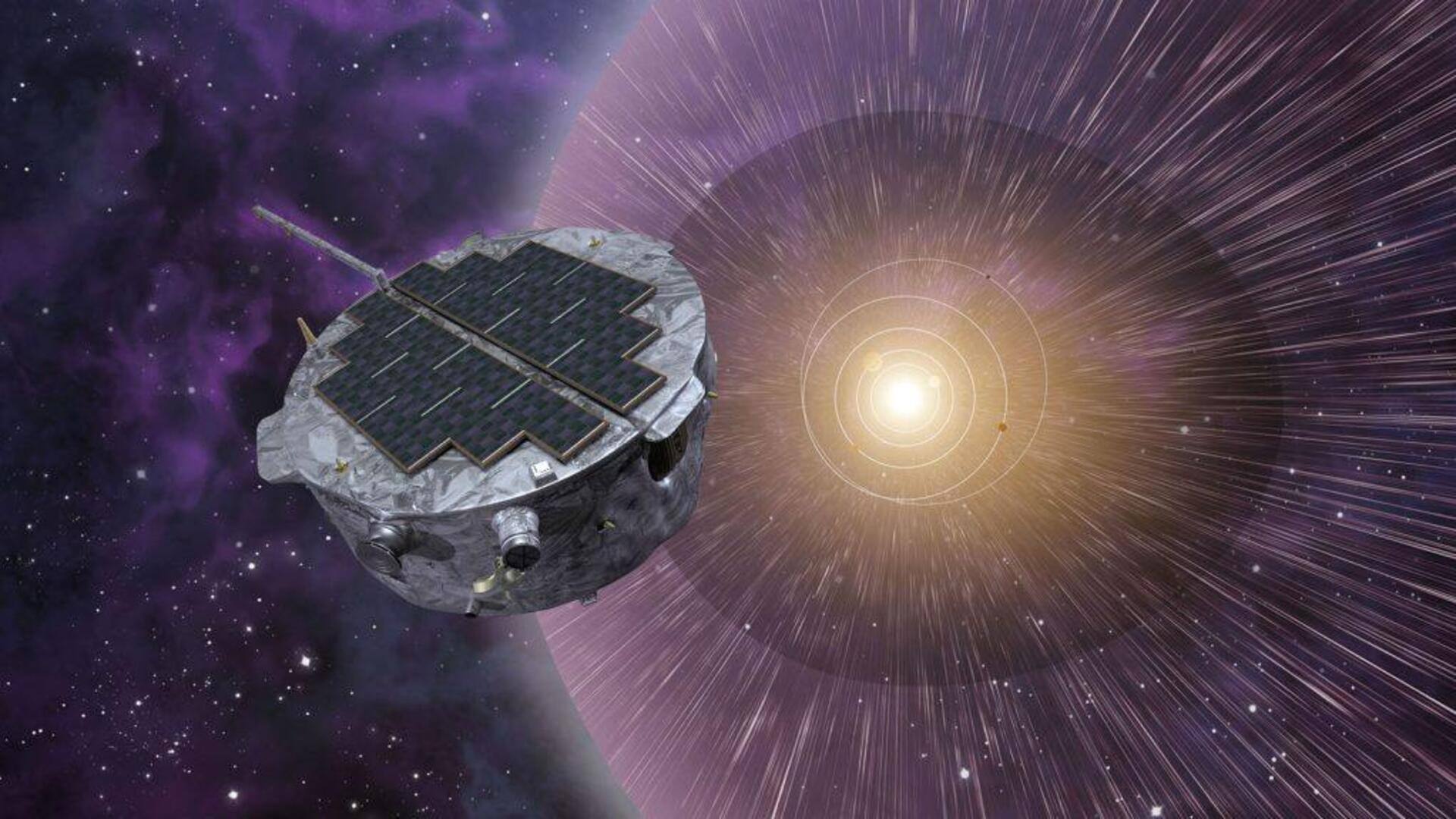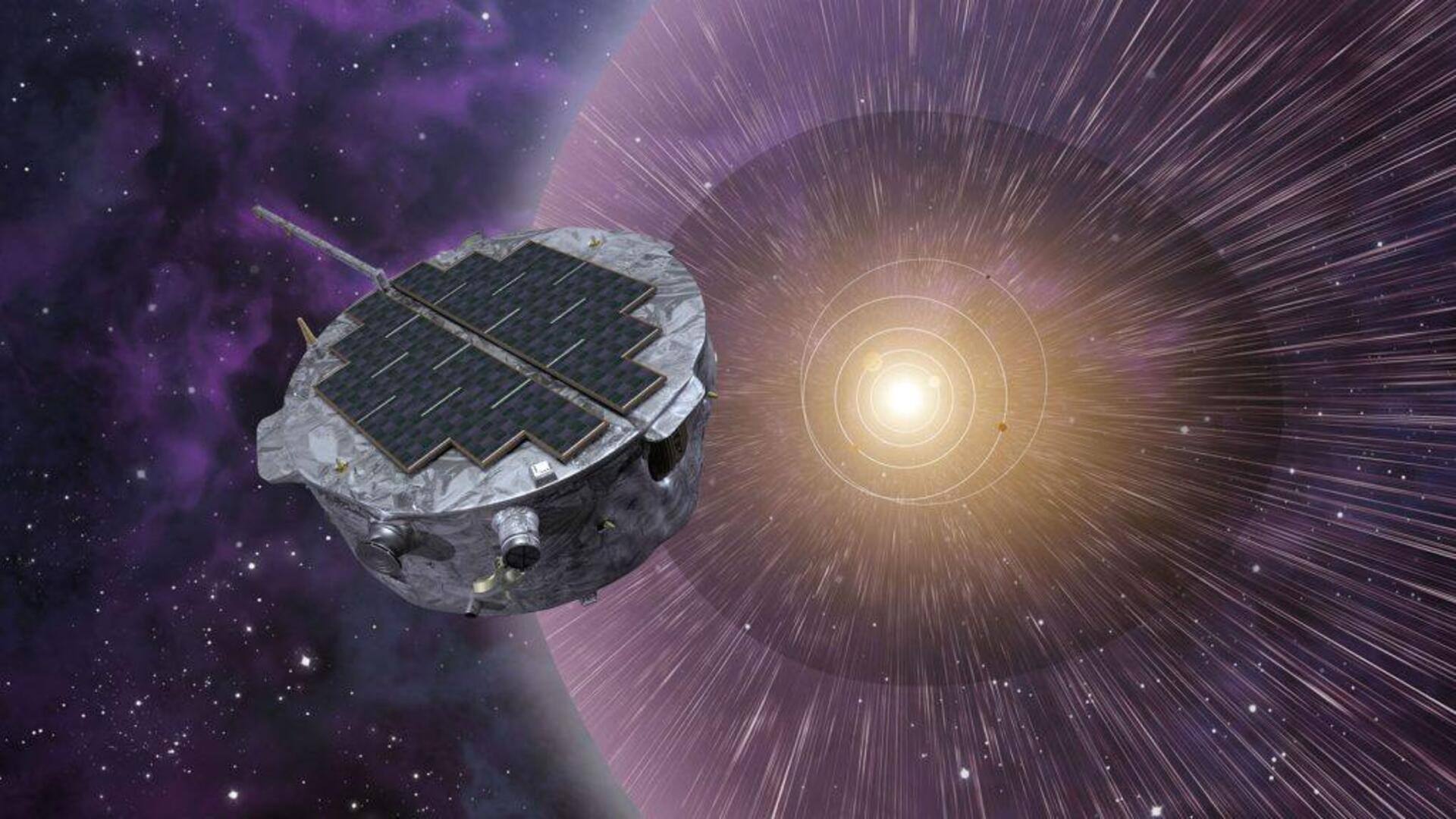**NASA Launches IMAP Mission to Study Sun’s Magnetic Shield**
*By Mudit Dube | Sep 25, 2025, 10:32 am*
NASA has launched a new mission dedicated to studying the heliosphere—the Sun’s magnetic bubble that protects our entire solar system. The Interstellar Mapping and Acceleration Probe (IMAP) was successfully launched from Kennedy Space Center in Florida aboard SpaceX’s Falcon 9 rocket at 7:30 am EDT on Wednesday.
### Exploring Solar Wind and Interstellar Dust
IMAP is equipped with advanced sensors and detectors designed to sample, analyze, and map particles streaming toward Earth from the outer edges of our solar system and beyond. One of the mission’s key goals is to enhance our understanding of the solar wind, a continuous flow of charged particles emitted by the Sun. These solar particles can pose risks to human space explorers and can disrupt technological systems on Earth. Additionally, they are believed to influence the conditions necessary for life within our solar system.
The spacecraft carries 10 specialized instruments developed by various organizations to study solar wind, interstellar dust, magnetic fields, and ultraviolet light in space.
### Journey to Lagrange Point 1
The Johns Hopkins Applied Physics Laboratory (APL) led the development of IMAP and built the spacecraft. APL also serves as the mission operations center. Shortly after launch, at approximately 8:57 am EDT, flight controllers confirmed IMAP was functioning normally and ready to begin its journey to Lagrange Point 1 (L1). Located about one million miles from Earth, L1 is positioned between Earth and the Sun, providing an ideal vantage point.
IMAP is expected to arrive at L1 in January 2026, where it will have an uninterrupted view of the interstellar boundary and solar activity.
### Enhancing Space Weather Predictions
Several of IMAP’s instruments will support the IMAP Active Link for Real-Time (I-ALiRT) system, which will transmit frequent and reliable data to improve space weather forecasting. Accurate space weather predictions are critical for safeguarding astronauts, satellites, and ground-based technologies.
In addition to IMAP, the Falcon 9 rocket also carried NASA’s Carruthers Geocorona Observatory and NOAA’s Space Weather Follow On-Lagrange 1 (SWFO-L1) satellite. Together, these missions aim to advance our knowledge of the space environment by closely monitoring solar effects near the boundaries of our solar system.
—
NASA’s IMAP mission represents a vital step forward in understanding the dynamic space environment shaped by the Sun’s magnetic influence, ultimately helping protect technology and life on Earth.
https://www.newsbytesapp.com/news/science/nasa-s-imap-mission-to-study-heliosphere-launched-successfully/story

